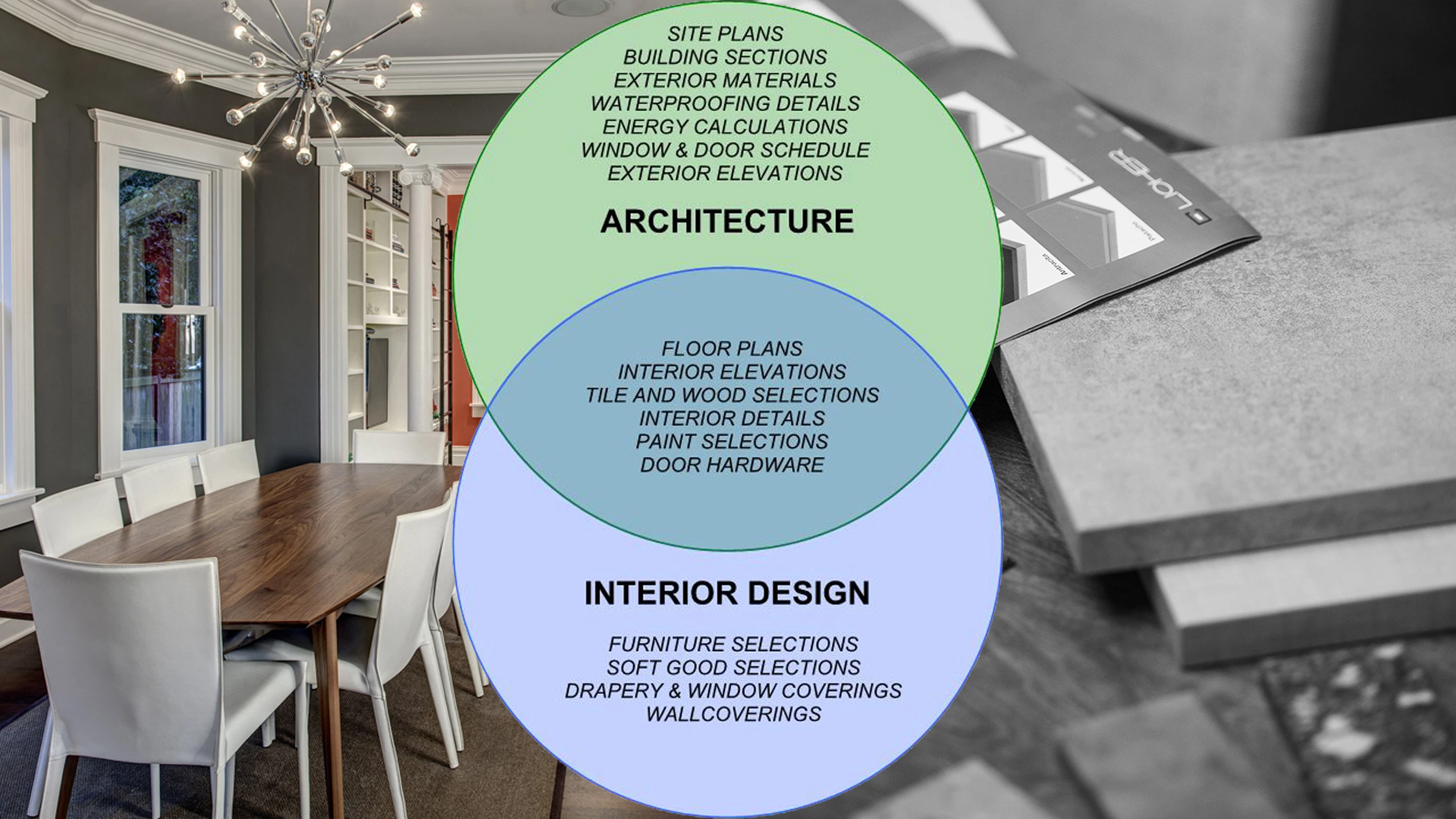The Art of Balance: Exactly How Interior Design and Home Engineer Collaborate for Stunning Outcomes
In the world of home style, striking an equilibrium between looks and performance is no tiny accomplishment. This delicate stability is attained with the unified partnership between interior developers and engineers, each bringing their special know-how to the table. Remain with us as we check out the complexities of this collaborative procedure and its transformative influence on home style.
Comprehending the Core Differences In Between Interior Decoration and Home Architecture
While both Interior Design and home style play necessary functions in creating aesthetically pleasing and useful areas, they are inherently various self-controls. Home architecture primarily concentrates on the structural aspects of the home, such as constructing codes, security regulations, and the physical building and construction of the area. It handles the 'bones' of the framework, collaborating with spatial dimensions, load-bearing walls, and roofing system styles. On the other hand, Interior Design is more worried with boosting the aesthetic and sensory experience within that structure. It involves choose and organizing furnishings, selecting shade plans, and including ornamental components. While they operate in tandem, their duties, responsibilities, and locations of competence diverge substantially in the creation of an unified home environment.
The Synergy In Between Home Style and Interior Style
The harmony in between home style and Interior Design depends on a common vision of layout and the enhancement of functional aesthetics. When these two areas straighten sympathetically, they can transform a space from normal to extraordinary. This collaboration needs a much deeper understanding of each technique's concepts and the capacity to develop a cohesive, aesthetically pleasing environment.
Unifying Style Vision
Linking the vision for home design and interior layout can produce a harmonious living area that is both functional and cosmetically pleasing. It promotes a collaborating technique where architectural components complement indoor style parts and vice versa. Therefore, unifying the design vision is important in mixing architecture and indoor design for spectacular outcomes.
Enhancing Functional Appearances
Exactly how does the harmony in between home style and Interior Design boost useful looks? This synergy allows the production of rooms that are not only visually enticing but additionally comfortably functional. Architects prepared with their architectural design, making certain that the space is functional and reliable. The indoor developer then complements this with thoroughly selected components that boost the visual appeals without jeopardizing the performance. This harmonious partnership can result in homes that are both livable and attractive. As an example, an engineer could make a residence with high ceilings and large windows. The indoor developer can then highlight these features with tall plants and sheer curtains, specifically, hence improving the visual appeal while preserving the functional advantages of all-natural light and spaciousness.
Importance of Cooperation in Creating Balanced Spaces
The partnership in between indoor designers and architects is pivotal in developing balanced rooms. It brings harmony in between design and design, giving birth to rooms that are not only visually pleasing but likewise functional. Checking out effective collective approaches can offer understandings into just how this synergy can be successfully achieved.
Balancing Design and Design
Balance, an important aspect of both indoor layout and style, can just genuinely be accomplished when these two fields work in harmony. This collaborative procedure results in a cohesive, balanced style where every element adds and has a function to the overall aesthetic. Integrating layout and design is not just concerning producing lovely areas, yet about crafting rooms that function effortlessly for their residents.
Successful Joint Techniques

Situation Researches: Successful Integration of Design and Style
Analyzing a number of situation research studies, it comes to be noticeable how the successful integration of interior layout and style can transform a room. Designer Philip Johnson and indoor designer Mies van der Rohe worked together to produce a harmonious equilibrium between the structure and the interior, resulting in a seamless flow from the outside landscape to the inner living quarters. These situation researches highlight the profound influence of a successful design and design collaboration.

Getting Rid Of Difficulties in Design and Style Collaboration
Despite the undeniable advantages of an effective collaboration in between indoor layout and design, it is not without its obstacles. Engineers may prioritize architectural integrity and safety and security, while developers focus on comfort and style. Efficient communication, mutual understanding, and concession are vital to conquer these obstacles and achieve a effective and unified collaboration.
Future Trends: The Developing Relationship Between Home Architects and Interior Designers
As the globe of home design proceeds to develop, so does the relationship in between designers and indoor designers. On the other hand, indoor designers are accepting technological aspects, influencing total format and functionality. The future assures a much more natural, innovative, and adaptive strategy to home design, as developers and engineers continue to blur the lines, promoting a relationship that genuinely embodies the art of equilibrium.
Conclusion
The art of equilibrium in home layout is attained with the harmonious cooperation in between indoor designers and architects. In spite of obstacles, this collaboration cultivates growth and development in style.
While both interior design and home design play necessary duties in developing aesthetically pleasing and functional spaces, they are website here inherently different techniques.The harmony in between home style and indoor style lies in a common vision of design and the enhancement of functional visual appeals.Unifying the vision for home style and indoor layout can create a harmonious living next area that is both useful and visually pleasing. Thus, unifying the layout vision is essential in blending style and indoor design for magnificent outcomes.
Exactly how does the synergy in between home design and interior design improve useful aesthetic appeals? (Winchester architect)